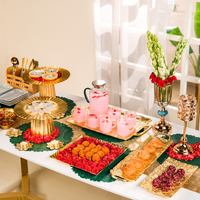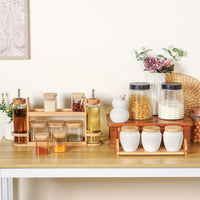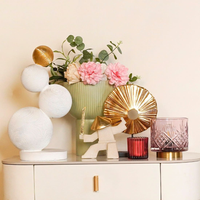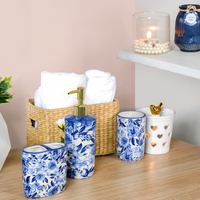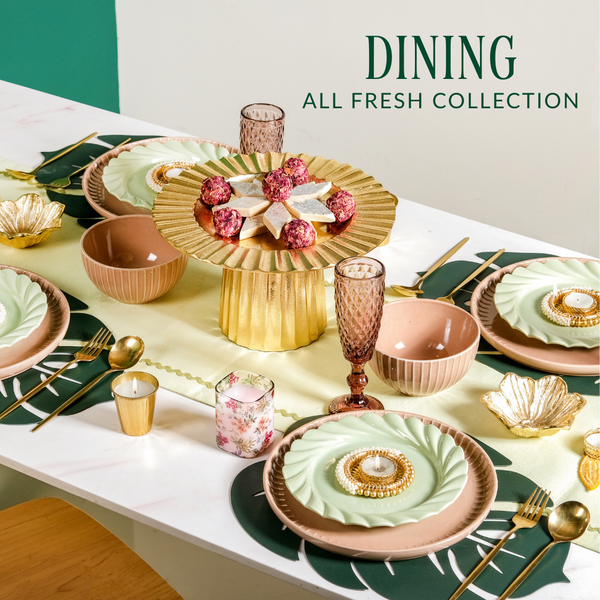Step into a world where less truly becomes more – the realm of minimalism in home decor. In this blog, we embark on a journey to explore the transformative power of simplicity, where clean lines, intentional spaces, and curated essentials create a haven of tranquillity.
Discover how minimalism not only declutters physical spaces but also fosters a mindful and harmonious living environment. Uncover the secrets of this design philosophy that goes beyond aesthetics, reshaping homes and lives alike. Welcome to the art of intentional living through minimalist home decor.
What Is Minimalist Interior Design?
Minimalist interior design is an aesthetic approach characterised by simplicity, functionality, and a focus on essentials. It emphasises clean lines, open spaces, and a neutral colour palette, creating a serene and uncluttered environment. Furniture and decor objects are carefully selected for their utility and beauty, with a preference for sleek and understated pieces.
This design philosophy prioritises purposeful living, encouraging individuals to surround themselves only with what they truly need and value. By eliminating excess and embracing minimalism, interior spaces become peaceful retreats that promote clarity of mind and a sense of calmness in an increasingly chaotic world.
History Of Minimalism In Interior Design
Minimalism in interior design traces its roots to the early 20th century, notably influenced by the Bauhaus movement in Germany. Architects like Ludwig Mies van der Rohe and Le Corbusier championed the ethos of "less is more," prioritising function and simplicity over ornamentation.

In the 1960s, minimalism gained momentum as a reaction against the excesses of consumerism and the opulence of post-war design trends. Artists like Donald Judd and architects such as John Pawson further propelled minimalist principles, advocating for clean lines, open spaces, and a reduction of elements to their essential form.

By the 21st century, minimalism had evolved into a global design phenomenon, permeating not only architecture and interior design but also lifestyle choices. Its influence can be seen in the rise of tiny homes, capsule wardrobes, and decluttering movements. Today, minimalism continues to thrive as a timeless aesthetic, offering a pathway to simplicity, mindfulness, and a deeper connection with our surroundings in an increasingly fast-paced world.
Rising Popularity Of Minimalist Interior Design
In recent years, minimalist interior design has surged in popularity, reflecting a cultural shift towards simplicity and mindfulness. With urbanisation and the rise of small living spaces, people increasingly seek functional and uncluttered environments. Minimalism provides a solution, offering a visually appealing aesthetic that maximises space and enhances functionality.
Moreover, the rise of digital nomadism and remote work has fueled the demand for minimalist home offices and flexible living spaces that promote productivity and creativity. Social media platforms like Instagram and Pinterest have also played a significant role in popularising minimalist interior design, showcasing sleek and serene spaces that inspire millions worldwide.
Furthermore, the growing awareness of environmental sustainability has prompted many to embrace minimalism as a lifestyle choice, opting for durable, high-quality furnishings over disposable consumer goods. With its emphasis on quality over quantity, minimalism offers a timeless and sustainable approach to interior design that resonates with modern sensibilities.
Elements & Characteristics Of Minimalist Design
When we talk about modern minimalism in home interior design, it often includes the following characters and elements:
1. Clean lines and simplicity
2. Neutral colour palette
3. Emphasis on geometric shapes
4. Uncluttered spaces
5. Functionality and purposeful design
6. Sleek and streamlined furniture
7. Absence of ornate detailing
8. Open floor plans and ample natural light
9. Incorporation of negative space
10. Focus on the essential
11. Promotion of clarity of mind and serenity

Principles Of Minimalist Home Design
Minimalist home design is founded on principles that transcend mere aesthetics, shaping a lifestyle centred on simplicity, functionality, and mindfulness. Clean lines and uncluttered spaces define the visual landscape, promoting a sense of calmness. Neutral colour palettes, often dominated by whites and greys, contribute to a serene ambience. Functionality reigns supreme, with each element serving a purpose to enhance the overall harmony of the space.

The careful selection of furniture and decor focuses on quality and durability, advocating for a conscious and sustainable approach. Embracing natural light and negative space maximises openness and warmth. In essence, minimalist home design is a deliberate edit, encouraging individuals to surround themselves with what truly matters, fostering not only an aesthetic appeal but also a lifestyle that prioritises intentionality, mindfulness, and a connection to one's surroundings.
Benefits Of A Minimalist Living Space
A minimalist living space offers numerous benefits, including:
1. Clarity of mind: Reduced clutter promotes mental clarity and reduces stress.
2. Enhanced functionality: Every item serves a purpose, maximising utility and efficiency.
3. Improved aesthetics: Clean lines and uncluttered spaces create a visually appealing environment.
4. Ease of maintenance: Simplified spaces are easier to clean and organise.
5. Increased focus: Minimised distractions allow for better concentration and productivity.
6. Financial savings: Buying fewer, higher-quality items leads to long-term savings.
7. Environmental sustainability: Minimalist living reduces consumption and waste, promoting a greener lifestyle.
8. Enhanced well-being: A serene and balanced environment fosters a sense of peace and contentment.
Conclusion
In embracing minimalist interior design, you can unlock a harmonious haven where simplicity intertwines with functionality. From promoting mental well-being to fostering sustainable practices, a minimalist living space transcends aesthetics. By curating with intention, you can create a home environment that not only reflects your values but also enhances the quality of your life. Minimalism is more than a design choice - it's a transformative journey towards mindful living.
If you are enthusiastic about minimalist interior design and want to elevate your home decor, don't forget to check out our collections of vases, soft furnishings, photo frames, wall art, and more.


